The fascinating world of big cats has captured human imagination for centuries, weaving its way into the very fabric of popular culture and media. From ancient mythologies to blockbuster movies, these majestic creatures inspire awe, fear, and admiration. This article delves into the various ways big cats have made their mark on culture and entertainment, illustrating the enduring allure and impact of these magnificent felines.
Big Cats in Ancient Mythologies and Legends
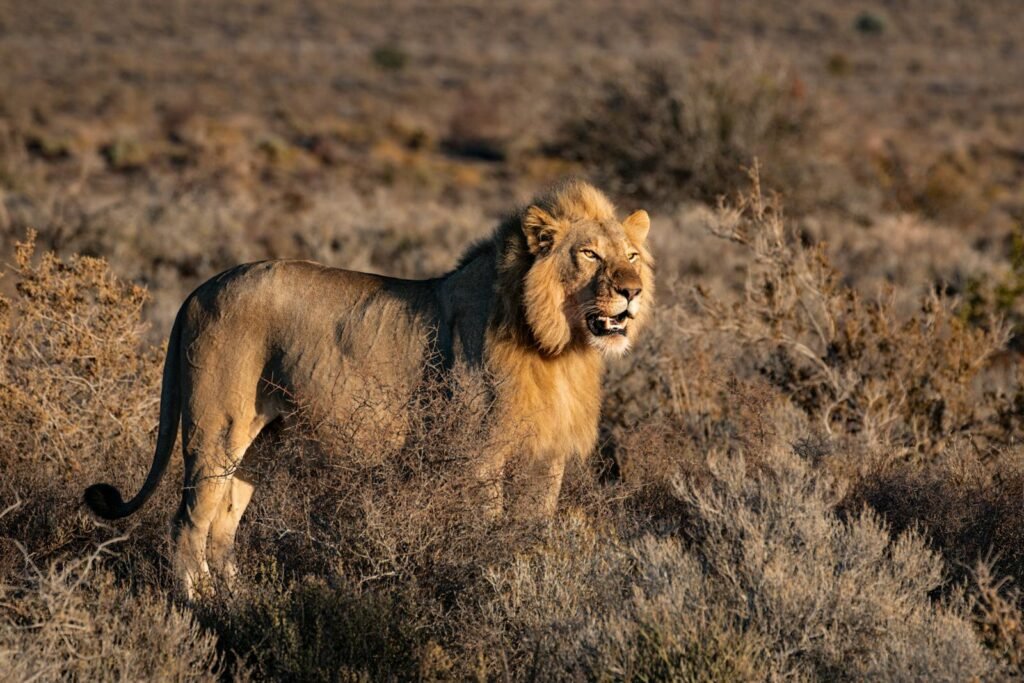
Big cats have been revered in many ancient cultures, often symbolizing power, courage, and majesty. In Ancient Egypt, the lion-headed goddess Sekhmet was both a warrior deity and a healer, while in Hindu mythology, the goddess Durga is depicted riding a tiger or lion, embodying strength and determination. Similarly, the Aztecs and Mayans honored jaguars as god-like creatures, representing the underworld and the night.
Icons of Cinematic Majesty
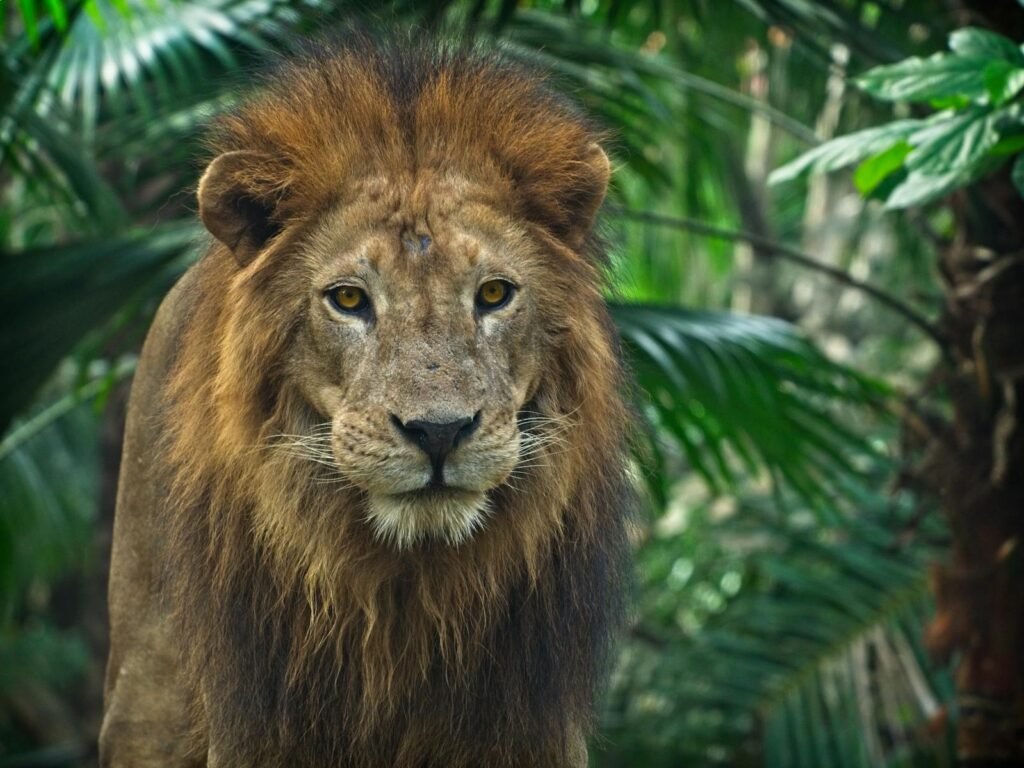
From the black panther Bagheera in “The Jungle Book” to the majestic Aslan in “The Chronicles of Narnia,” big cats are iconic characters in film and literature. These stories often portray big cats as wise and powerful beings, emphasizing their role as regal and influential figures within their respective worlds. Films like “The Lion King” have brought the allure of big cats to life on the silver screen, further solidifying their cultural impact.
Television’s Fascination with Felines
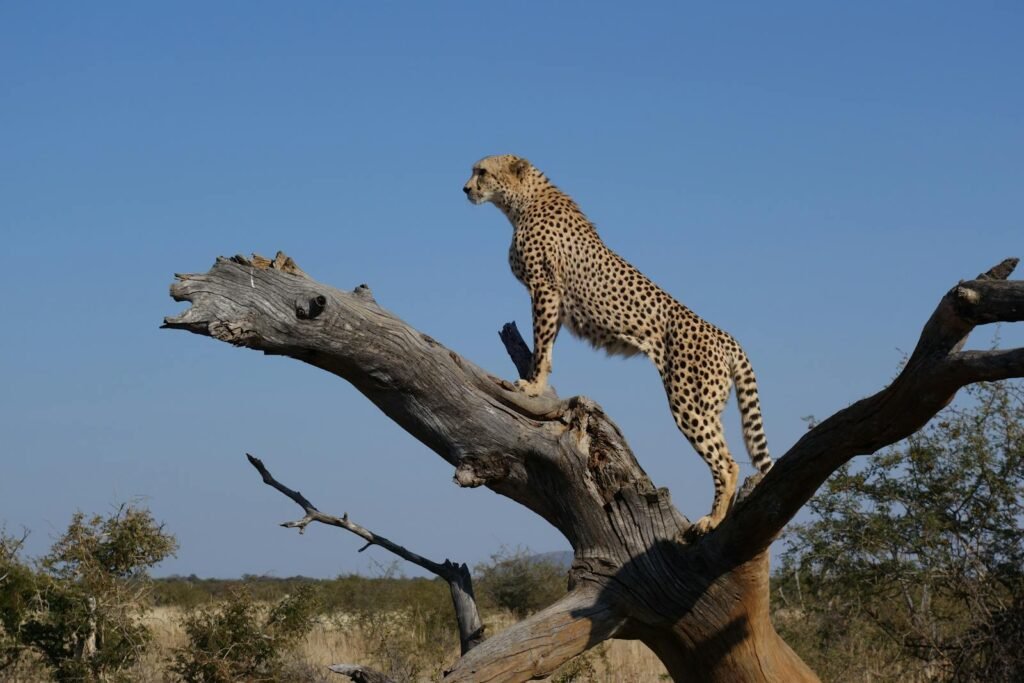
Television has long been captivated by the mysterious allure of big cats, using them as central figures in wildlife documentaries and popular series alike. Programs like “Planet Earth” and “Wild Africa” offer audiences a glimpse into the lives of these incredible animals, emphasizing both their beauty and the challenges they face in the wild. The enigmatic lives of big cats continue to intrigue and educate viewers around the globe.
Symbolism in Literature
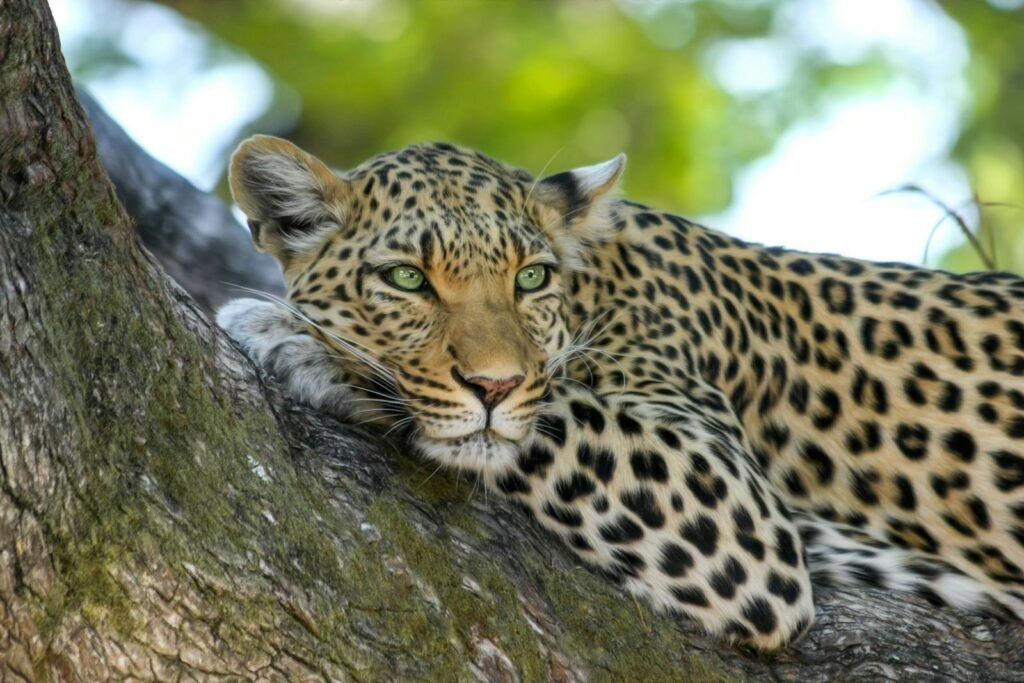
Big cats serve as powerful symbols in literature, often representing untamed wilderness and raw power. From the cunning Shere Khan in Rudyard Kipling’s “The Jungle Book” to the mystical white tiger in Aravind Adiga’s novel of the same name, these animals provide rich symbolism and depth to storytelling, evoking themes of survival, majesty, and the perpetual struggle between man and nature.
Fashion and the Use of Animal Prints
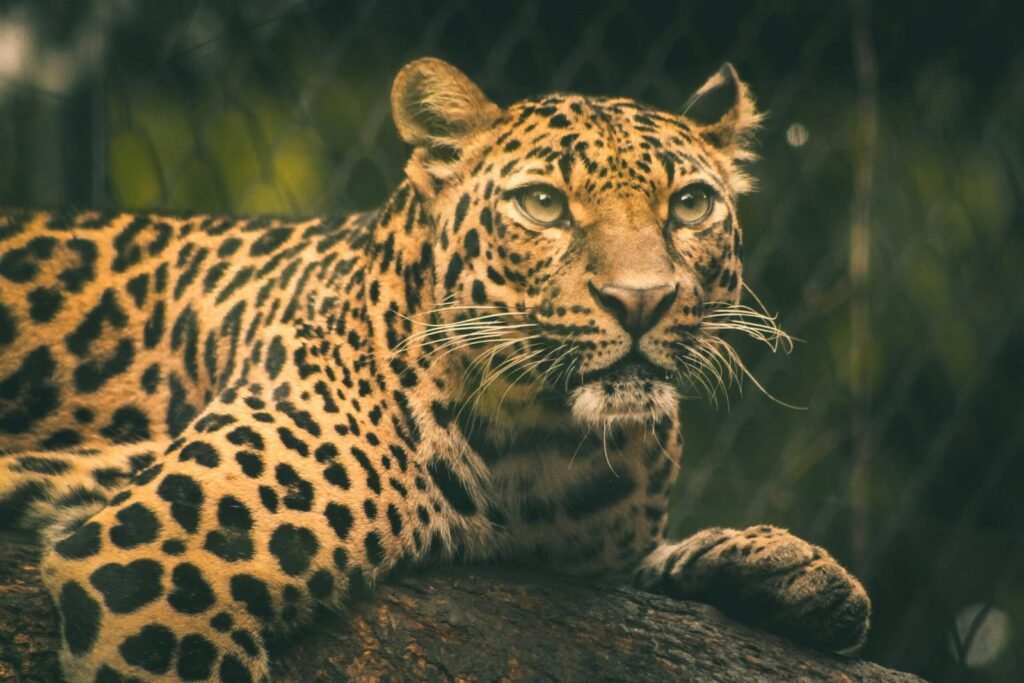
In the fashion industry, prints inspired by big cats continue to trend, symbolizing power and sophistication. Leopard spots, tiger stripes, and other such patterns evoke a sense of wildness and luxury. Designers have long been drawn to these motifs, which allow wearers to embrace an adventurous spirit and bold aesthetics.
Conservation Efforts Spotlighted in Media
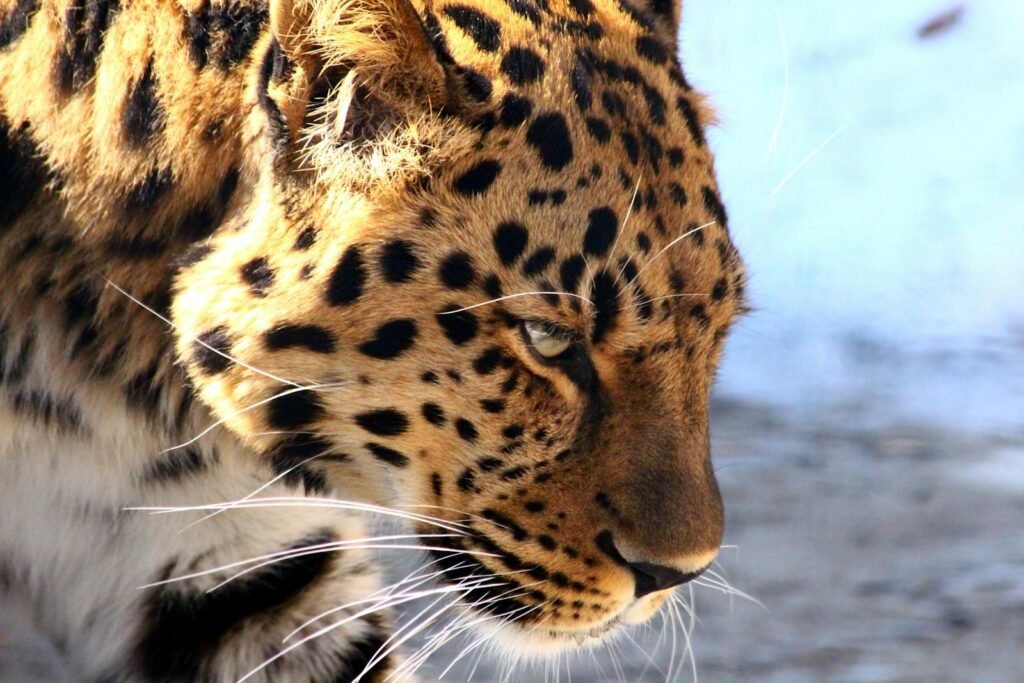
Media has played a crucial role in highlighting the plight of big cats, many of which face threats from habitat loss and poaching. Documentaries, news outlets, and even social media campaigns have brought attention to conservation efforts, encouraging audiences to support the survival of these majestic creatures. Initiatives like World Wildlife Fund’s ‘Adopt a Big Cat’ program help bridge the gap between awareness and active participation in conservation.
Cultural Representations in Art
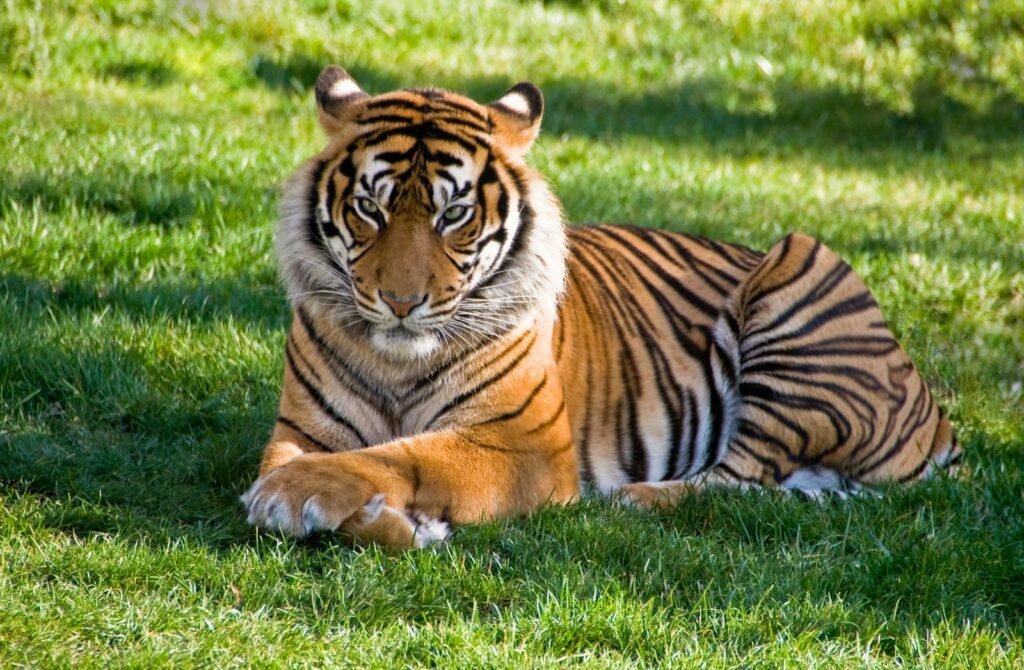
Throughout history, big cats have been a popular subject in art, appearing in ancient artifacts, Renaissance paintings, and contemporary installations. Artists portray them as symbols of grace, beauty, and danger, reflecting societal values and perceptions of these animals. From national symbols to expressions of nature’s beauty, big cats continue to inspire artists worldwide.
Influence on Sports Teams and Mascots
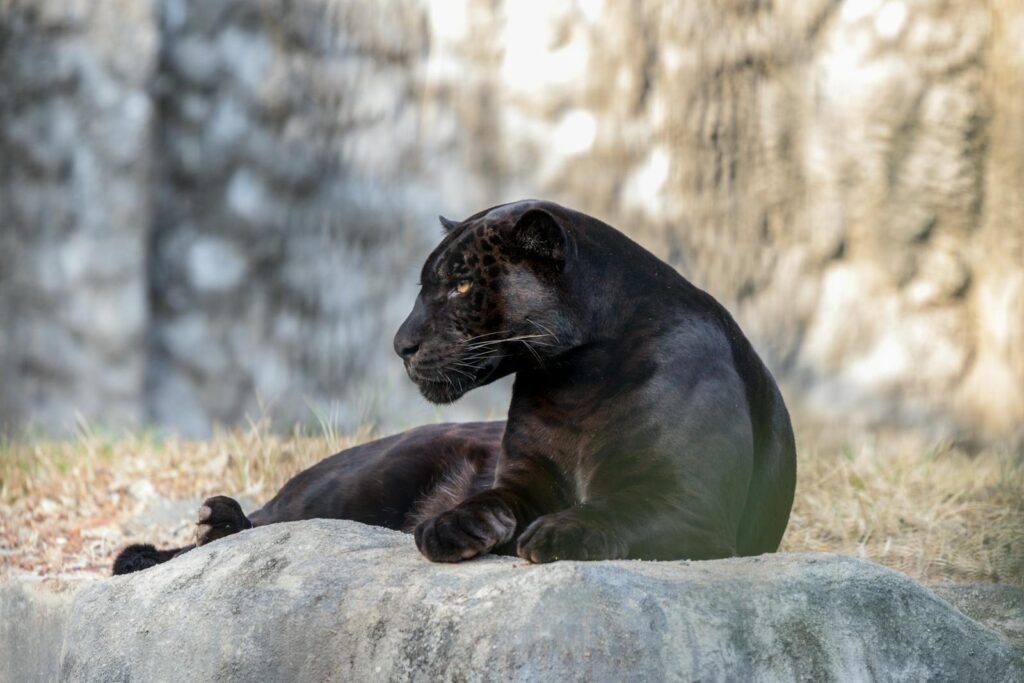
In sports, teams often adopt big cats as mascots, capitalizing on the animals’ attributes of power and agility. Teams like the Detroit Lions and Carolina Panthers in American football, or the Leicester Tigers in English rugby, use these representations to evoke strength and tenacity, inspiring both players and fans.
Music and Its Feline Inspirations
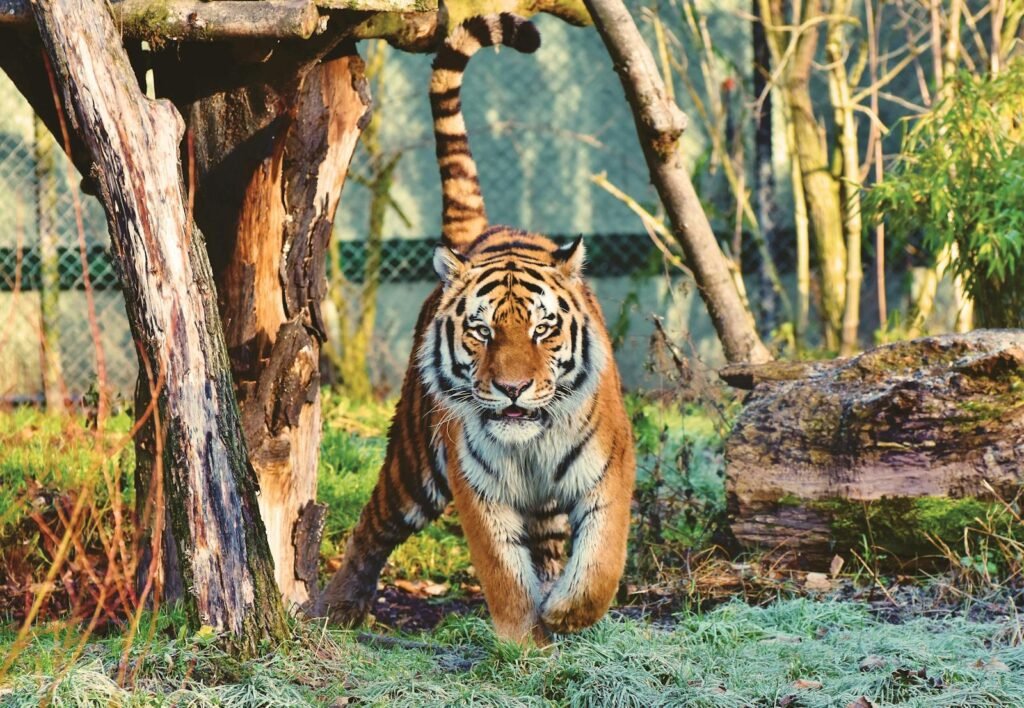
Big cats have prowled into the realm of music as well, with musicians drawing on their mystique for lyrical inspiration or stage imagery. From Survivor’s iconic anthem “Eye of the Tiger” to Katy Perry’s visually dynamic “Roar,” these tracks capture the spirit and allure of big cats, resonating with audiences worldwide.
Conclusion: The Timeless Allure of Big Cats
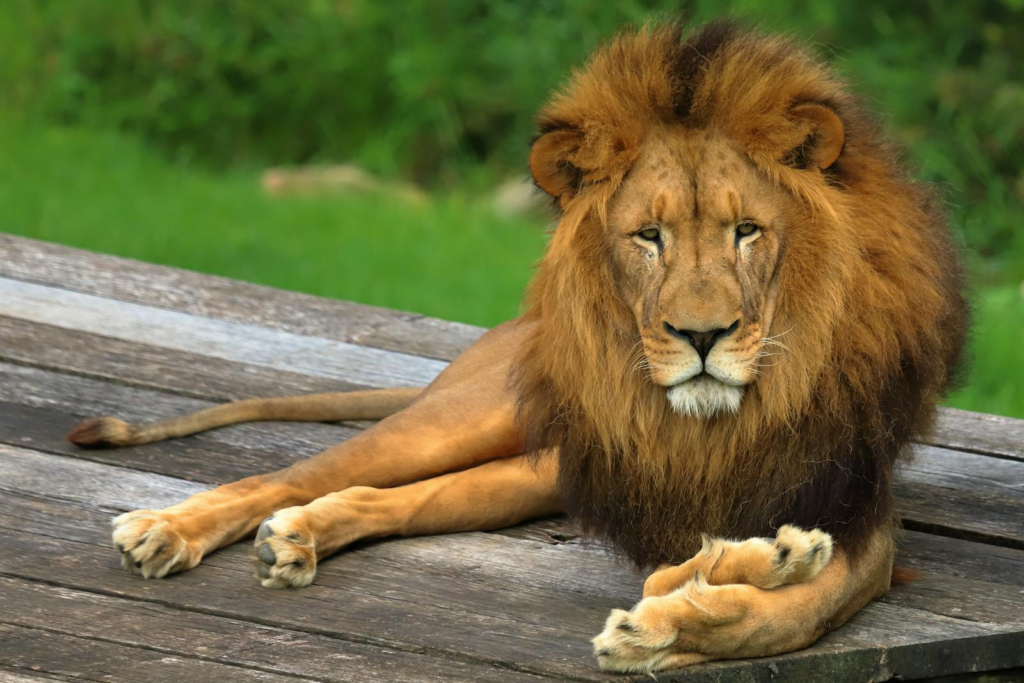
Big cats have captivated human culture across the ages, proving to be magnificent symbols in myths, artworks, media, and more. Whether embodying power in ancient history or inspiring conservation in modern times, the cultural significance of big cats is undeniable. As we continue to admire these magnificent creatures from afar, it remains crucial to protect and preserve them, ensuring they continue to influence generations with their beauty and grandeur.

Suhail Ahmed is a passionate digital professional and nature enthusiast with over 8 years of experience in content strategy, SEO, web development, and digital operations. Alongside his freelance journey, Suhail actively contributes to nature and wildlife platforms like Feline Fam, where he channels his curiosity for the Feline into engaging, educational storytelling.
With a strong background in managing digital ecosystems — from ecommerce stores and WordPress websites to social media and automation — Suhail merges technical precision with creative insight. His content reflects a rare balance: SEO-friendly yet deeply human, data-informed yet emotionally resonant.
Driven by a love for discovery and storytelling, Suhail believes in using digital platforms to amplify causes that matter — especially those protecting Earth’s biodiversity and inspiring sustainable living. Whether he’s managing online projects or crafting wildlife content, his goal remains the same: to inform, inspire, and leave a positive digital footprint.






